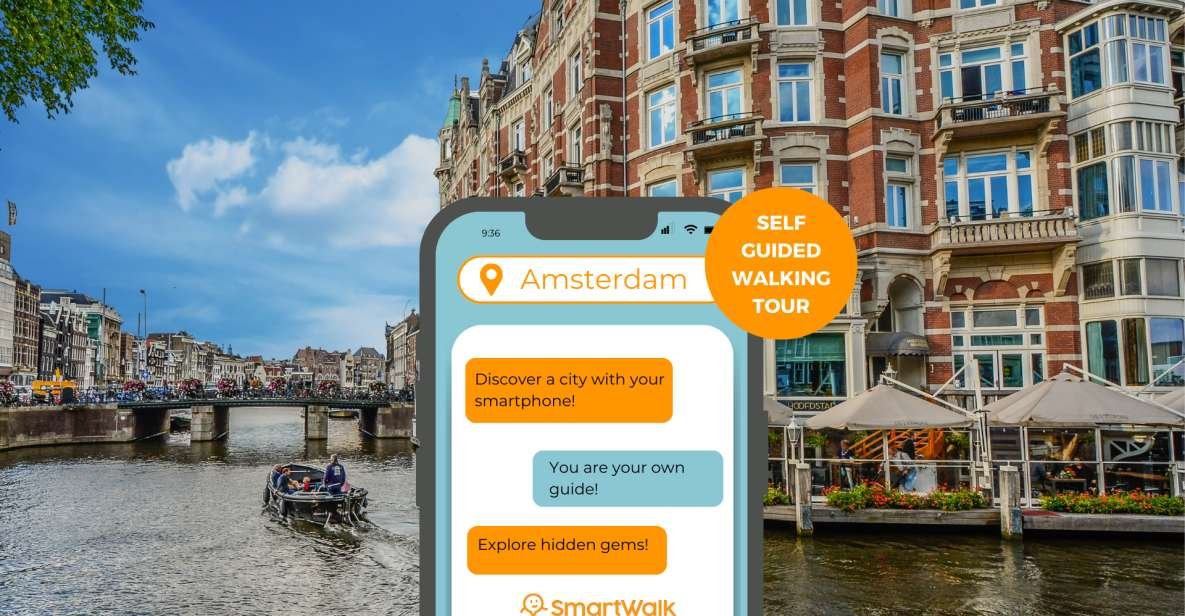Architectural Wonders: A Self-Guided Tour of Stunning Buildings
A self-guided tour of architectural wonders allows you to experience the beauty and innovation of stunning buildings in your city. From historic landmarks to contemporary marvels, this tour offers a chance to appreciate diverse architectural styles and the stories behind iconic structures. This guide will help you navigate through architectural gems and enhance your appreciation of urban design.


Plan Your Architectural Route
Start by researching notable buildings and architectural landmarks in your area. Look for a mix of historic, modern, and unusual structures to create a well-rounded tour. Utilize online resources, architectural guides, or local recommendations to identify buildings with significant design or historical value. Planning your route ensures you cover a range of architectural styles and eras.
Begin with Iconic Landmarks
Kick off your tour with iconic landmarks that are emblematic of your city’s architectural heritage. These buildings often serve as symbols of cultural or historical significance. Take time to admire their design features, historical context, and impact on the city’s skyline. Notable landmarks offer a starting point for understanding the city’s architectural evolution.
Explore Modern Architectural Marvels
Next, delve into modern architectural marvels that showcase cutting-edge design and innovative technologies. Look for recent constructions that stand out for their unique shapes, materials, and sustainable features. Observing these contemporary buildings highlights the evolution of architectural trends and the city’s adaptation to current design principles.
Discover Hidden Architectural Gems
Venture into lesser-known areas to discover hidden architectural gems that may not be on the usual tourist route. These gems can include charming historic buildings, unique residential designs, or innovative community spaces. Exploring these lesser-known structures offers a more intimate view of the city’s architectural diversity.
Observe Architectural Styles and Details
As you visit each building, pay attention to the architectural styles and details that define them. Note elements such as facades, ornamentation, window designs, and structural features. Understanding different styles—such as Gothic, Art Deco, or Brutalism—provides insight into the architectural influences that shape your city’s built environment.
Visit Architectural Tours and Exhibitions
If available, include visits to architectural tours or exhibitions that provide in-depth information about specific buildings or architectural themes. Many cities offer guided tours or museum exhibits focused on architecture. Participating in these events enhances your knowledge and appreciation of the design principles and historical context of the buildings you encounter.
Engage with Local Architects and Historians
If possible, engage with local architects or historians to gain expert insights into the buildings you visit. Many cities have architectural societies or organizations that offer talks, lectures, or tours led by professionals. Engaging with these experts provides a deeper understanding of architectural concepts and the stories behind the structures.
Document Your Architectural Journey
Document your architectural journey by taking photographs and notes of the buildings you explore. Capture the design features, materials, and any interesting historical or contextual details. Keeping a record helps you remember the diverse architectural styles and share your discoveries with others.
Reflect on Architectural Impact
After completing your tour, reflect on the impact of the buildings you visited. Consider how they contribute to the city’s identity, aesthetic, and functionality. Reflecting on the architectural significance of each structure helps you appreciate the role of design in shaping urban environments.
Conclusion
A self-guided tour of architectural wonders offers an enriching exploration of stunning buildings and urban design. By planning your route, observing architectural details, and engaging with local experts, you gain a deeper appreciation for the creativity and significance of architectural structures. Enjoy the journey through your city’s architectural landscape and celebrate the diverse designs that define its skyline.



















